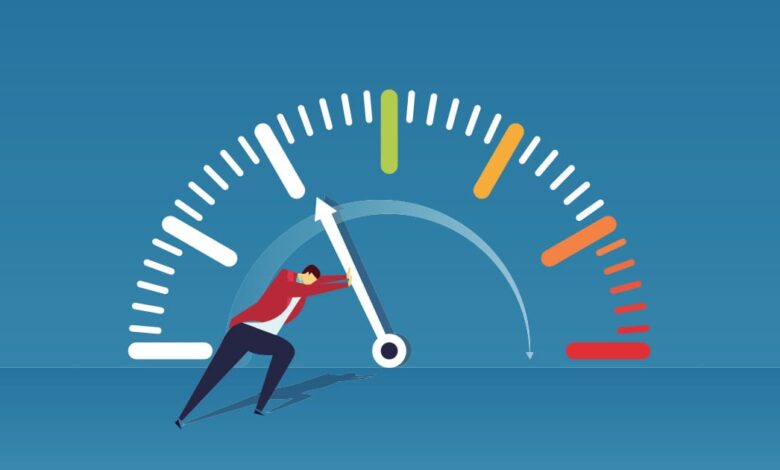8 Mistakes that Kill Your Website Speed

High bounce rates combined with low traffic can doom your pages and negatively impact the number of visitors. Slow website speed could be affecting your bounce rates and traffic. About 47% of consumers expect pages to load within 2 seconds or even less.
If your pages take a lot longer than the average website to load, it affects the overall user experience. Any longer than several seconds means that visitors will abandon that page. If your pages make users wait for about 6 to 10 seconds to load, that could be one of the reasons why your traffic is so low.
Here are ten mistakes that could be why your site speed isn’t fast enough.
JavaScript Issues:
Some JavaScript plugins help make your pages more dynamic. But if your JavaScript isn’t optimized, that could hold your speed back. That’s because users need to wait until the JavaScript files fully load before the page comes up on the screen. You’ll need to audit your JavaScript files and determine which ones you don’t need. You might also need to remove external JavaScript files. That is why top agencies offering SEO services in Adelaide, Canberra, Melbourne, and other leading cities also consider web development a critical part of achieving the marketing objectives. With expert assistance, you can fix your website speed with ease.
Large Media Files:
High-resolution images and videos take a bit longer to load. They could be slowing down your website speed. Different solutions can help you fix the toll that large media files have on your bandwidth. For instance, experts from top digital marketing agencies know how to optimize your photos and host your videos correctly. They can provide solutions so you can use high-resolution videos and images without slowing down your loading speed.
Inadequate Caching:
Caching is one way to help you improve your website speed. Using effective caching techniques can make this possible. Here, a digital marketing agency can help you provide the help you need. That’s because these agencies have trained professionals to use caching and even server-side caching to increase your website’s loading speed.
Too Many Ads:
If you have too many image files and JavaScript files, that could lead to too many HTTP requests. You need to limit the files if you want your loading speed to improve. Pros know how to use CSS Sprites to cut down on your HTTP requests, though. Hire a digital marketing team that offers SEO services in Adelaide. They’ll know what to do to ensure your ads won’t compromise your website speeds again. With their help, you can pick ads that matter where, so you won’t have too many ads clogging up your pages.
Bad Web Hosting:
It could also be a server problem. Server issues can also be why your pages don’t perform as well as they should. You can do something about the poor UX performance, though. Check out reviews to see which web hosts are reliable. In addition, you may be using a hosting option that is not ideal for your website. For instance, shared hosting is not suitable for websites getting a lot of traffic. Here, dedicated and VPS hosting will work.
No CDN Services:
A Content Delivery Network or CDN can also increase your website speeds. These are servers installed in multiple locations. They make it easy to deliver the content that users need with great speed and page performance. That reduces the loading times, so you won’t need to worry about users abandoning your pages again.
Run an Audit:
A compression audit can improve your speed. The best way to increase loading times, after all, is to make sure your files are in the smallest size they can be. Make sure you don’t compromise the quality of the files, though. However, once you get them in the smallest size, you’ll see how much faster they load. Big and bulky files are slow to upload, so you’ll want to compress them. You can try hiring pros to perform the audit. They have the tools and knowledge to analyze your files and determine how much they could reduce your page’s size.
Prioritize Content:
Another way to speed up loading times is to prioritize the content above the fold or the content at the top of the page. Make sure that it loads faster. Then allow the rest of the page to load for the next few seconds. That gives you more loading time for the rest of the page, so it’s a good way to keep users from leaving your page. This technique reduces load times on posts with a lot of images, so give it a try to see if it works for you.
Connect with a reliable digital marketing agency to improve your website’s speed.




